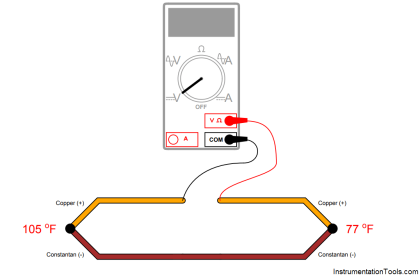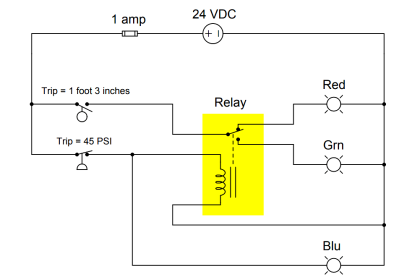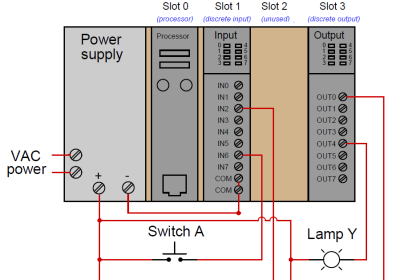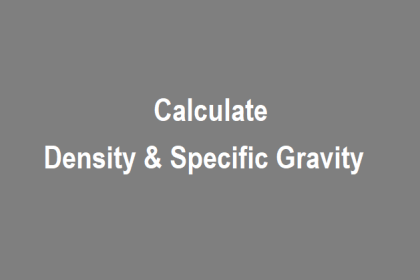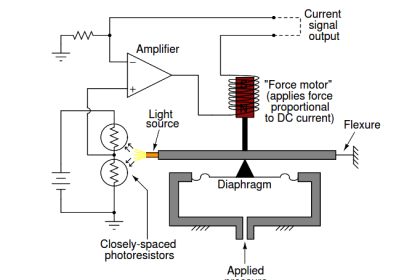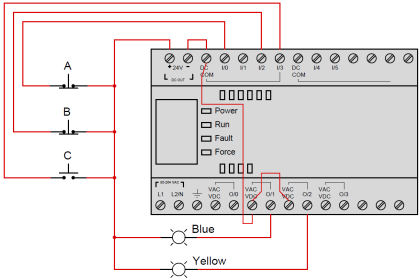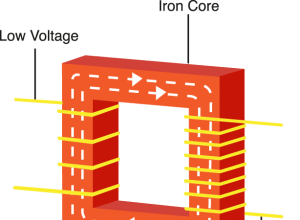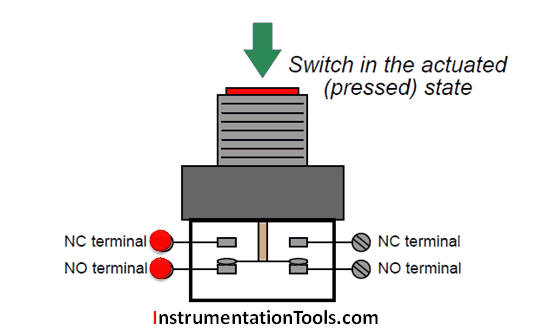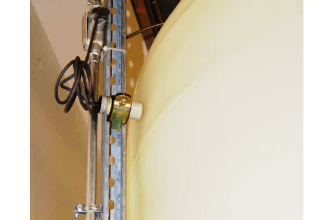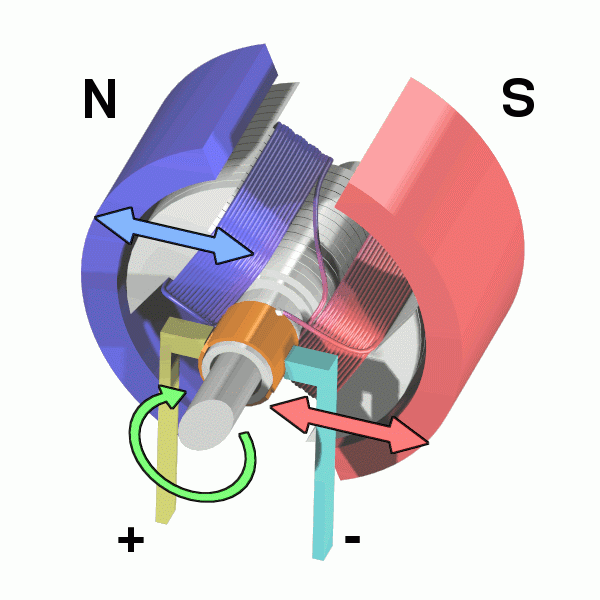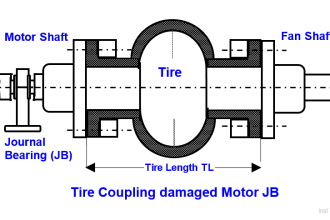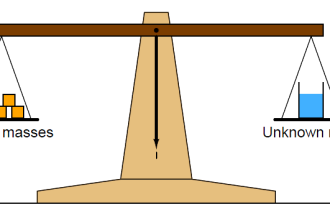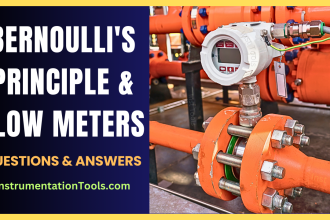A Pirani gauge is a special pressure instrument designed to measure very low pressures (i.e. hard vacuums). It uses two electrically heated filaments, one of which is sealed in a vacuum “reference” chamber, while the other is exposed to the process gas pressure under test.
Gas molecules contacting the measurement filament causes it to cool and decrease resistance:
Problem with Pirani Gauge
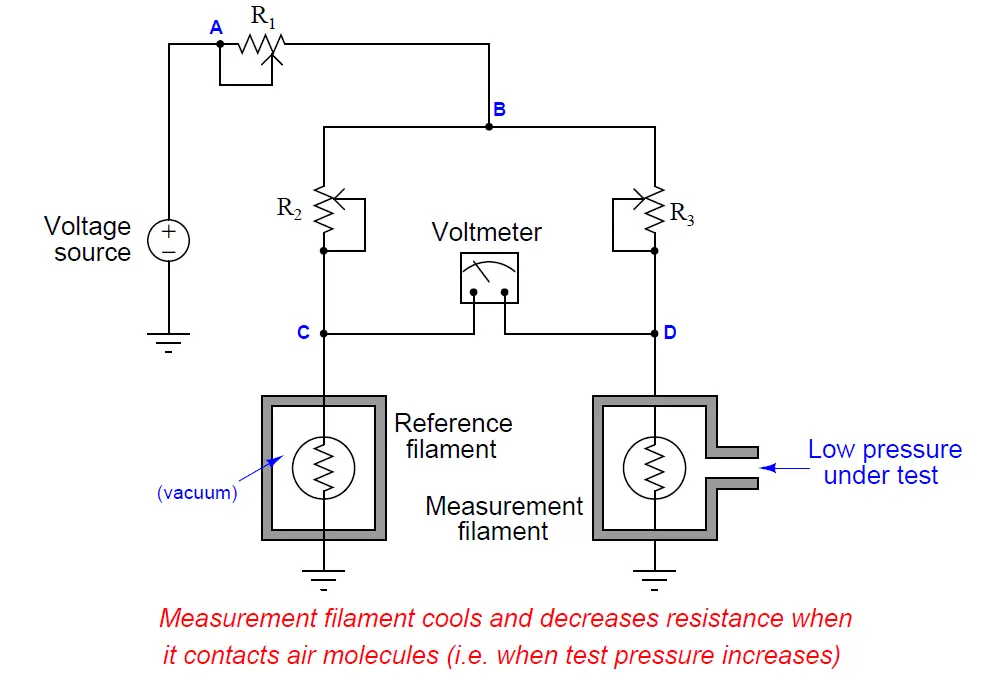
This Pirani gauge, however, has a problem. It registers a high pressure all the time, regardless of the strength of the vacuum connected to the measurement cell. A digital multimeter connected between test points D and ground registers 0 volts.
Identify the likelihood of each specified fault for this circuit. Consider each fault one at a time (i.e. no coincidental faults), determining whether or not each fault could independently account for all measurements and symptoms in this circuit.
The below list shows the different types of faults. Identify which faults are possible and which are impossible.
- R1 failed open
- R1 failed shorted
- R2 failed open
- R2 failed shorted
- R3 failed open
- R3 failed shorted
- Reference filament burned out
- Measurement filament burned out
Answer:
- R1 failed open – Impossible
- R1 failed shorted – Impossible
- R2 failed open – Impossible
- R2 failed shorted – Impossible
- R3 failed open – Possible
- R3 failed shorted – Impossible
- Reference filament burned out – Impossible
- Measurement filament burned out – Impossible
Share your answers with us through below comments section.
Read Next:
- PLC Scan Time
- Strain Gauge Bridge Circuit
- Instrument Cable Voltage Drop
- Types of Thermometers
- Electrical Signal Types
Credits: Tony R. Kuphaldt
